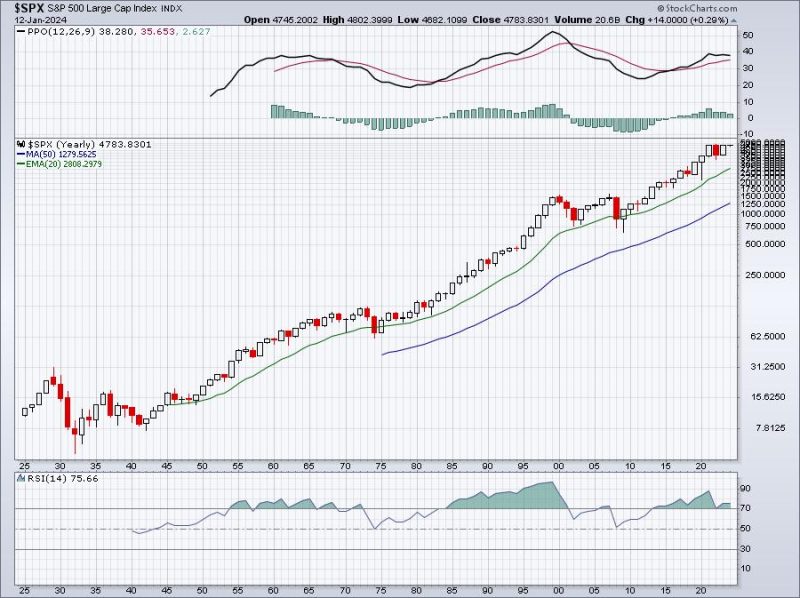Understanding the Technology Stock Scene
In the world of investing, technology stocks represent a dynamic and enticing sector that holds enormous potential for substantial gains. This sector has significantly transformed over the past few decades, fueled by breakthroughs in various technological fields including artificial intelligence, social media, cloud computing, robotics, and biotech among others. These advancements have triggered huge stock market rallies and have revolutionized the business landscape.
However, history serves as a stern reminder that investors should temper their expectations for technology stocks. The internet boom of the late 90s, often referred to as the dot-com bubble, serves a poignant example. It was characterized by a period of excessive speculation and investment in internet-related companies, leading to unsustainable stock price increases. The bubble burst in the early 2000s, leaving many investors with significant losses.
Drawing from this historical parallel, it becomes clear that while technology stocks can offer significant returns, they also carry significant risks. From the overly optimistic projections during the dot-com bubble to the more recent economic uncertainty triggered by the COVID-19 pandemic, the tech sector’s high-value potential can often be counterbalanced by the level of risk it presents.
From the Perspective of Market Volatility
Market volatility also grants us a more balanced view of technology stocks. Often, an announcement of a new technology, product, or service triggers a flurry of investment activity, leading to inflated stock prices. However, these prices can quickly plummet once market excitement subsides or once the true potential of the technology is validated. This volatility can lead to significant financial losses for investors who don’t fully understand the tech market dynamics or who are swayed by market hype.
Furthermore, technology stocks are often more susceptible to changes in economic conditions than other types of stocks. They might surge during periods of economic prosperity and similarly, fall during economic downturns. Tech firms, especially those in their early stages, may have difficulty securing funding during economic contractions. This affects their ability to innovate, stunting their growth prospects and adversely affecting their stock prices.
The Complication of Technological Obsolescence
Another critical factor potentially tempering expectations for technology stocks is technological obsolescence. The pace of innovation in the technology sector is unparalleled compared to other industries. This fast-paced environment, while exciting, presents the problem of rapid obsolescence. Products or services that were once considered revolutionary can quickly become outdated and replaced by more efficient or innovative alternatives. Such circumstances can lead to a rapid devaluation of a company’s stock value.
The Need for Prudence and Due Diligence
While these factors may cast a veneer of caution, they by no means imply that investment in technology stocks should be avoided. Instead, they emphasize the need for prudence and due diligence when investing in this sector. An understanding that past performance is not necessarily an indication of future success is essential, along with the cognizance of the fast-changing dynamics of the tech sector.
Investors should aim to maintain a comprehensive understanding of the technological market landscape, the specific company and its standing within the industry, the intrinsic valuation of the company, and also the potential risks posed by market volatility and economic fluctuations.
Thus, while the allure of technology stocks is evident, a grounded perspective shaped by historical lessons and current market factors is crucial ensuring a more sensible approach to tech investing.




